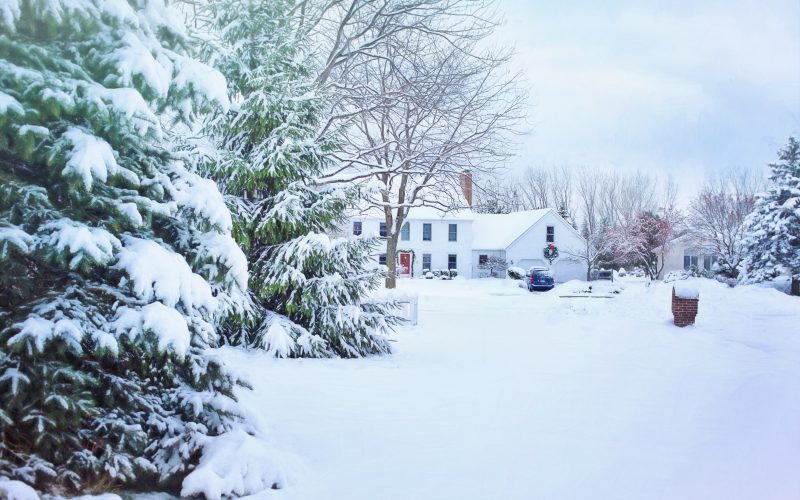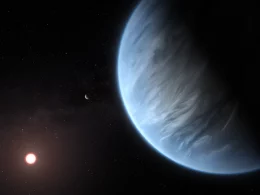Introduction
Winter weather is a force to be reckoned with. From snowstorms and blizzards to ice storms and freezing temperatures, winter can bring about extreme weather events that disrupt our daily lives. But have you ever wondered how these variations in winter weather have changed over time? By taking a look at historical trends, we can gain insight into what has caused past inconsistencies and learn what we might expect from future winters. Join us as we explore the ups and downs of winter weather throughout history!
Historical Trends of Winter Weather Variations
Winter weather patterns have been shifting and changing over the years, leading to a significant impact on our daily lives. Historical data shows that winter weather variations are becoming more frequent and erratic, with extreme events such as snowstorms, blizzards, ice storms, and polar vortexes occurring more regularly than before.
The changes in winter climate can be attributed to several natural factors such as solar activity, ocean currents, atmospheric pressure systems, and volcanic eruptions. However, human activities like burning fossil fuels also contribute significantly to global warming which causes these shifts in weather patterns.
Over the past century or so we have seen some of the most severe winters on record. In particular 1917-1918 was one of the harshest winters ever experienced in Europe where temperatures fell below -20°C for weeks at a time. The United States has also had its fair share of extreme winters including the infamous “Great Blizzard” of 1888 that paralyzed New York City for days.
In recent times we have seen an increase in unpredictable and record-breaking warm spells during winter months alongside sudden drops back down into freezing temperatures causing havoc on roads and infrastructure alike which is why it is essential that we continue monitoring historical trends to better understand how they could affect us going forward.
Comparison of the Five Worst Seasons in Terms of Extreme Weather Events
When it comes to extreme weather events during winter, there have been some truly catastrophic seasons in the past. Here we’ll take a look at the five worst seasons and compare their impact.
Starting with the winter of 1889-1890, this season saw temperatures drop so low that ice floes formed on rivers and lakes across North America. Many lives were lost due to hypothermia or accidents on icy roads and sidewalks.
Next up is the winter of 1917-1918. This season was marked by heavy snowfall and blizzards that caused widespread power outages and disrupted transportation systems. In fact, New York City’s subway system shut down for several days due to the severity of the storms.
Moving forward a few decades to 1977-1978, which is known as The Great Blizzard of ’78. This storm hit much of the Northeastern United States with hurricane-force winds and over two feet of snow in some areas. Hundreds of thousands were left without power for days.
In more recent years, we have 1993-1994 which brought another massive storm called “The Storm Of The Century”. It affected nearly half the US population with freezing rain, tornadoes, thunderstorms all contributing into one disastrous mix causing $6 billion worth damage overall.
We come to last year’s winter (2020-2021) where many regions experienced record-breaking cold temperatures resulting from a polar vortex moving further south than usual during February 2021; Texas experienced an unprecedented freeze leading tens-of-thousands losing their homes due frozen burst pipes
As these examples show us: while each event is different in its own right, they all share one common factor – when it comes to unpredictable weather patterns anything can happen!
Conclusion
As we can see from the historical trends of winter weather variations, extreme weather events have been affecting various parts of the world in different ways. While some regions experience heavy snowfall and freezing temperatures, others suffer from severe droughts or flooding.
By analyzing past inconsistencies in winter weather patterns, we can learn valuable lessons for better preparing ourselves for future climate changes. It is crucial to take proactive measures such as reducing greenhouse gas emissions and investing in sustainable energy sources to mitigate the effects of global warming.
It is also essential to be aware of our surroundings and understand how they impact us. We need to adapt our lifestyles accordingly by using eco-friendly products that reduce carbon footprints and conserve resources.
Understanding historical trends of winter weather variations provides critical insights into managing climate change effectively. By working together, we can reduce the harmful consequences on our planet while ensuring a sustainable future for generations to come.












